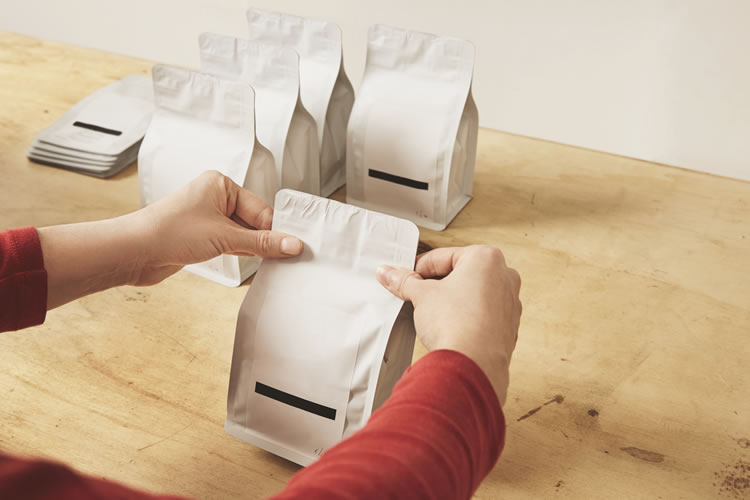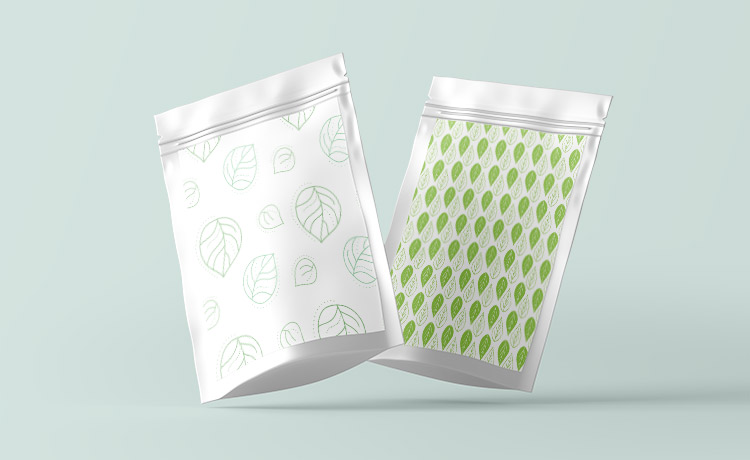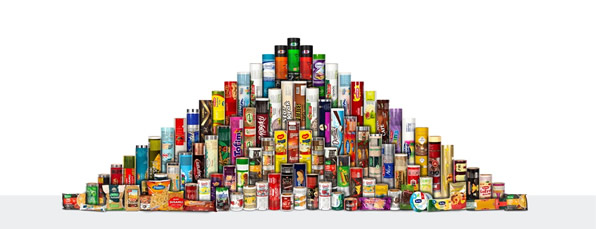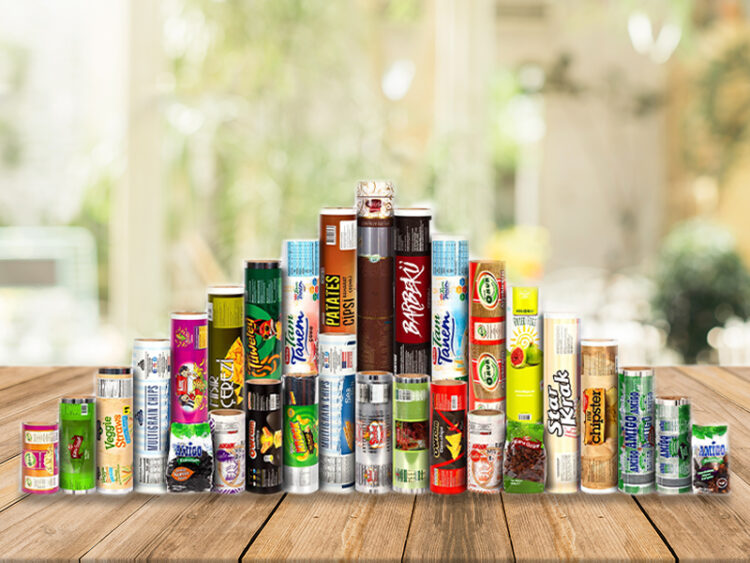
Packaging plays a crucial role in the food industry. Food packaging is highly important in preserving the freshness of products, preventing damage, and ensuring effective protection during transportation.
What is Food Packaging?
Food packaging refers to containers made from different materials that enable the preservation and transportation of food products. The main functions of these packages are to prevent microbial and physical spoilage of food, prevent odor mixing, preserve taste, extend shelf life, and keep food fresh.
Types of Food Packaging:
The types of food packaging vary depending on the type of food, storage conditions, transportation processes, and sales areas. The most commonly used packaging types are glass, metal, cardboard, plastic, and paper. Each packaging type has its own advantages. For example, glass containers are resistant to chemical changes and recyclable. Metal packaging is durable and long-lasting. Plastic packaging is lightweight, inexpensive, and easily portable.
The Importance of Food Packaging:
The main purpose of food packaging is to preserve the freshness of food and store it under hygienic conditions. Additionally, packaging facilitates transportation, storage, and retail sales of food. Choosing the right packaging saves costs for food producers and preserves the quality of products. Packaging also plays a crucial role in brand promotion. Suitable and impressive packaging can attract consumers’ attention and help your brand stand out.
Materials Used in Food Packaging:
The most commonly used materials in food packaging are glass, metal, cardboard, plastic, and paper. The material selection is based on the intended use. Glass is primarily used for packaging liquid and dry food items such as preserves and spices due to its heavy and fragile nature. Metal packaging is preferred for products like canned goods due to their durability and long shelf life. Plastic packaging is widely used due to its lightweight, affordability, magnetic field properties, moisture resistance, recyclability, colorlessness, odorlessness, and appearance features.
Flexible Packaging:
Flexible packaging is the most commonly used type of packaging in the food packaging industry. It is frequently used for ready-to-eat food, chips, chocolates, candies, tea, coffee, and pasta. It can preserve the freshness of food products for a long time. Important features of flexible packaging include its lightweight, flexibility, and resistance. Flexible packaging technologies provide the necessary protection for products, and colorful prints can be applied. It is made from a wide range of materials, including fluoropolymers, polymers, aluminum foil, and laminates. Flexible packaging is lightweight, durable, provides good coverage, forms a strong barrier, and is environmentally friendly.
Sustainable Food Packaging:
Sustainable food packaging is a type of packaging that uses environmentally friendly, recyclable, biologically degradable, compostable, or recyclable alternative materials. These types of packaging help reduce waste and plastic pollution. Choosing more sustainable food packaging is an important step for the environment.
The importance of food packaging is crucial in terms of preserving and storing food products. Therefore, it is essential to prioritize hygienic, healthy, and safe food packaging to ensure the consumption of high-quality food. Sustainable food packaging is also important for the future of food packaging. Üçsa Packaging offers innovative products and quality services, providing you with the best food packaging solutions. As a customer-oriented company, Üçsa Packaging caters to all your food packaging needs.



